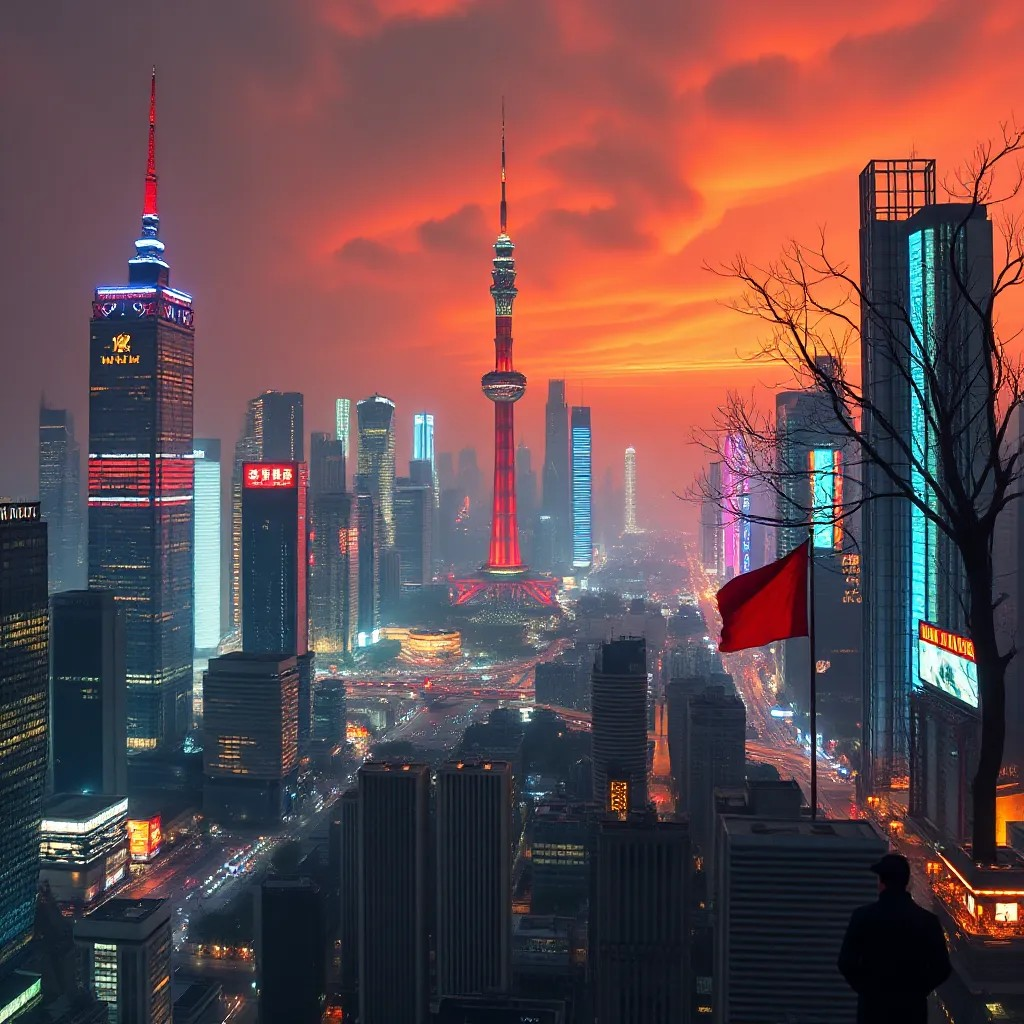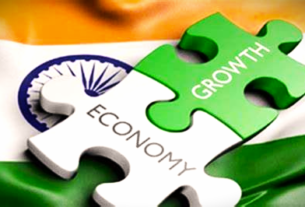As the world’s second-largest economy grapples with a host of internal and external pressures, China faces a defining moment in its post-pandemic trajectory. The government’s ambitious 5% growth target for 2025 is not merely a number, it’s a test of how far fiscal and monetary levers can be pulled without worsening long-term vulnerabilities.
The Looming Storm: Growth Versus Stability
Recent data has exposed a fragile recovery. Industrial output growth has slowed, domestic consumption remains lukewarm, and youth unemployment has quietly surged. Add to this the lingering chill of a U.S.-China trade war, and the once-assumed inevitability of China’s economic ascent now looks less assured.
Economists warn that Beijing must act decisively. But more stimulus could be a double-edged sword. On one hand, infrastructure spending and looser credit could jumpstart demand; on the other, they risk inflating debt levels and misallocating capital persistent issues that have dogged China for over a decade.
Tariffs and Tensions: The External Drag
The aftershocks of the U.S.-China trade war continue to echo through China’s manufacturing sector. With tariffs still in place and supply chains diversifying away from China, export growth has softened. This decoupling, while gradual, challenges a growth model long reliant on external demand.
Worse still, geopolitical tensions have injected a layer of unpredictability into global trade. Foreign investors, once eager to capitalize on China’s vast market, are showing signs of caution, wary of regulatory crackdowns and political risk.
The Policy Puzzle: Is Stimulus Enough?
Beijing’s policymakers are treading a tightrope. The People’s Bank of China (PBOC) has hinted at further monetary easing, but its toolkit is increasingly constrained. Unlike in the West, where central banks slashed rates aggressively post-COVID, China kept its powder relatively dry leaving room for action, but also indicating just how delicate the balance has become.
Fiscal measures, including local government bond issuance and targeted subsidies, are likely to expand. But these efforts are racing against deeper structural issues: an aging population, a shrinking workforce, and an increasingly saturated property market.
A New Economic Playbook?
The real challenge for China may not be in reviving short-term growth, but in reimagining its economic future. Transitioning from an export-and-investment-driven model to one centered on innovation, services, and sustainable consumption will take more than stimulus, it will require reform.
Until then, China’s economy remains caught between yesterday’s momentum and tomorrow’s uncertainties. Stimulus may provide temporary lift, but the question remains: can policy alone carry the weight of transformation?
Conclusion:
China’s economic crossroads is not merely a cyclical dip, it is a structural turning point. The coming months will reveal whether Beijing can engineer a recovery with the tools of the past or if a more daring economic reinvention lies ahead. For now, the world watches as China attempts its great balancing act.




